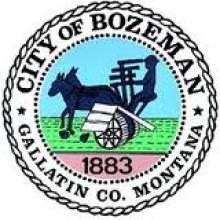DubLINK Network Supports Economic Development, Health Care, and Supercomputing
Award-winning supercomputing apps, medical research, economic development, and quantum computing advances. What do they all have in common? They all depend on the DubLINK network running underneath Dublin, Ohio, a suburb on the Northwest edge of Columbus. The city of 43,000 people has 125 miles of fiber optics in the ground, both within its own boundaries and in the form of fiber purchased by the city within metro and regional networks.
DubLINK began in 1999 as a public private partnership with the Fishel company to build an institutional network. In the wake of the 1996 Telecommunications Act, Dublin worried that a recent massive investment of $70 million in streetscaping would be undone as competing providers dug up newly paved streets to install fiber optics. To avoid this, the City signed a franchise agreement with Fishel to install a multi-conduit system, with the city receiving some conduit for its own use.
Using 1.25” conduits installed in the city’s existing sewer system, the network runs for 25 miles underneath Dublin’s business district and connects six city buildings, who use their own lit fiber for data and voice services, eliminating expense leased line fees. This has allowed the city to save approximately $400,000 per year for the last 12 years in connectivity and information technology expenses.
In 2004, Dublin spent $3.5 million to purchase 96 strands running 100 additional miles through Columbus FiberNet, bringing the total length of the DubLink network to its current 125 miles. FiberNet is a duct system that runs throughout a significant portion of central Ohio, including Columbus and its surrounding suburbs.









